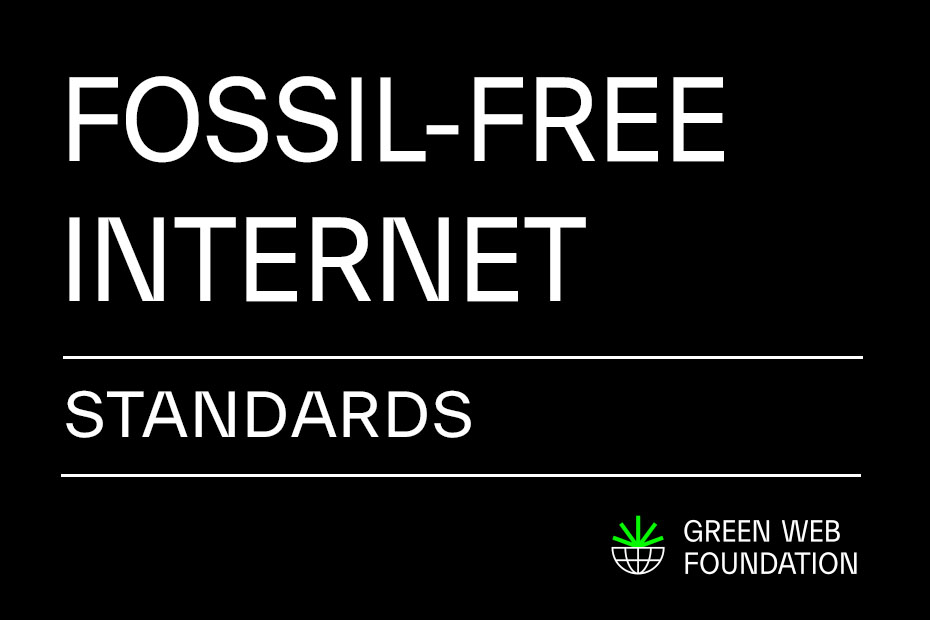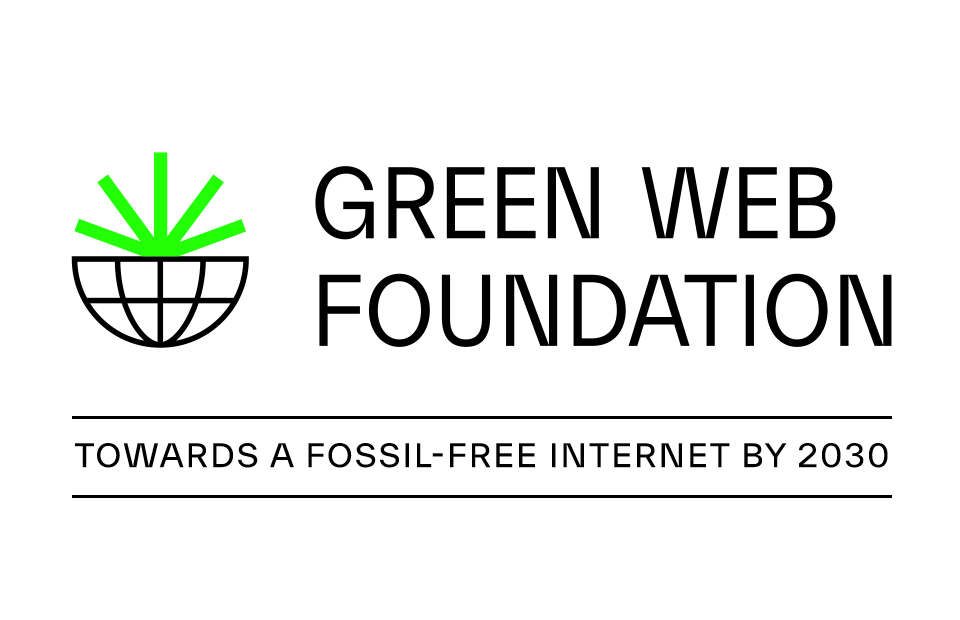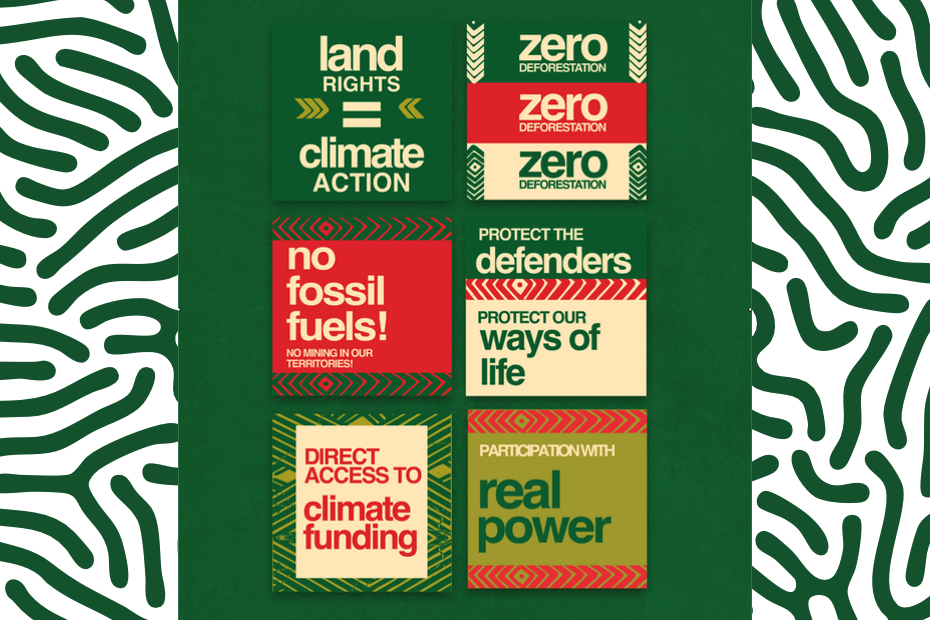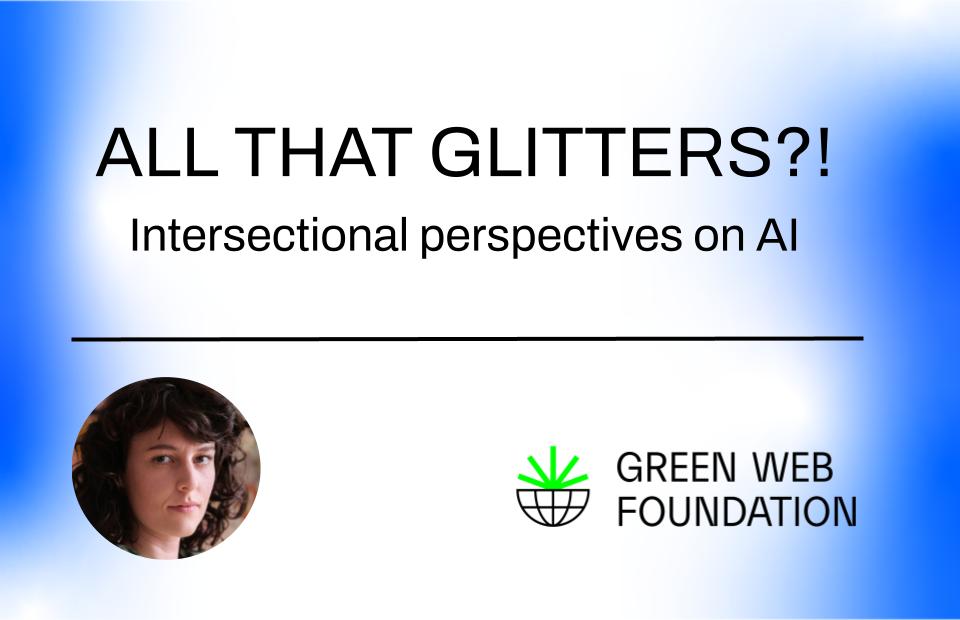Last year we began some work with the European Standards body CEN-CENELEC, and another aligned non-profit interested in a fossil-free future called LINGO, to begin developing an international standard for fossil-free products. Why do this? Well, products in this context also mean digital products – something relevant to our work, where we felt we could meaningfully contribute. In this post, Chris, our director of Policy and Technology, gives an update on how it’s been developing, and where it’s going next.
The quick version
Creating standards doesn’t happen overnight. There are necessary steps you need to take to get one published and adopted. We now have the first step done, getting a CEN Workshop Agreement published on Fossil Free Products – Guidelines and Requirements for Fossil Fuel Free Supply Chains.
It goes into detail about what might count as fossil-free digital products too. What we have is usable today.
This now paves the way to develop a full standard for referencing in laws, commercial agreements, and carries real legal weight. There’s also likely already enough detail to inform future versions of the Green Web Foundation’s own verification process, and directory.
There is also still time to be involved in developing the existing document into a fully fledged standard – we share some links for next steps below.
The longer version
Last year, we were approached by LINGO (the short version for the Leave it in the Ground Initiative), a fellow non-profit campaigning for a transition away from fossil fuels. As part of their advocacy work, they had the idea to create a standard for fossil-free products, and they asked us about contributing to the work on digital products.
This was totally up our street because we know digital is ultimately physical too.
There are multiple paths to getting a standard in place, and one thing that was interesting about LINGO’s approach was that they were taking the CEN-CENELEC route.
I’ve never heard of CEN-CENELEC – should I know about this already?
Probably not. For the terminally curious, the CEN part of CEN-CENELEC, when translated, stands for a European Committee for Standardization. The CENELEC part stands for European Committee for Electrotechnical Standardization. You can think of them as one entity set up to shepherd ideas through the standards process in Europe.
Going the CEN-CENELEC route can sometimes be faster than going via other organisations like ISO, the International Standards Organisation. This is not just because an ISO has a broader international scope, but also because the governance model for CEN-CENELEC is linked to countries in the European Union. In fact, CEN-CENELEC was explicitly set up to make it possible to create standards that lawmakers in Europe can refer to.
This is important because in some other standards organisations, international corporations can effectively have the same voting power as sovereign nations with democratically elected governments, and can outnumber them. This can mean standards can end up being very industry-friendly, often at the cost of basically everyone else.
Also, harmonised standards drawn up by CEN-CENELEC have to be made freely available for download to view and download, which is not always the case with every standard.
This is also a pretty important point. If you are going to write laws that reference standards, then people governed by those laws really ought to have access to them to see what they say!
Anyway, we digress – back to defining “fossil-free” in the digital world.
Why publishing a CWA on “fossil-free” is important
As mentioned before, publishing a CEN Workshop Agreement (a CWA) is important because it’s the first major step in developing a standard which can be more easily written into laws or contracts, to compel meaningful action by entities that otherwise would not do so.
The next major step from here would be to take this CWA and begin the process to turn it into a full-on standard, referred to as European Norm (or EN), which carries more legal weight.
Ok. That’s nice, but what can I do with this CWA today?
Here’s the thing – CWAs were initially created to help fill standardisation gaps, particularly in fast moving technical fields. Having a CWA in the public domain setting out what counts as a fossil-free product means that you could write laws with them tomorrow if you wanted to, and use them in contracts (although they’d carry more weight as fully fledged standards). At Green Web Foundation, we could refer to this CWA for future updates of our own verification process, and point to the fact these definitions have some meaningful buy-in already.
This matters, because the process of setting up a CWA has already meant establishing a degree of consensus across multiple sectors. It didn’t just have non-profits like the us (Green Web Foundation) and LINGO involved. It also had massive chemical corporations like BASF, and green energy certificate organisations like I-Track turning up to make their case too, to argue what fossil-free should mean.
Everyone had a chance to raise objections, and work had to be done to reach a degree of consensus before people would have their name on it.
What’s actually in this fossil-free CEN Workshop Agreement then?
We’ve linked to the published version a few times in this post, and we recommend reading through it in more detail. The CWA covers both digital products and physical products i.e. the kind you can drop on your foot. For brevity, we’ll focus on the key parts of digital products section, as well as provide some analysis about what it might mean from the perspective of someone using Green Web Foundation tools or data today.
A clearer definition of fossil-free for energy
In 5.1 Energy sources in the CWA document, there is a much clearer definition of fossil-free, about what is in and what is out.
Crucially, offsets are no longer accepted as a substitute for using actual renewable energy, and there’s some guidance about what absolutely cannot be counted as fossil-free with a shall not.
Where there was a degree of back and forth in the workshop process, and where things were not ruled out entirely, they were (sometimes grudgingly) accepted with a should not.
For example – Oil, fossil gas, coal and are all definite shall nots (duh).
However, with some forms of non-fossil energy it’s more complicated.
Take nuclear, certain forms of biomass, and hydroelectric power that doesn’t follow the guidelines from the World Commission on Dams. These are all forms of energy that can displace fossil fuel use, but still have their issues.
In this case they ended up as a should not, to recognise these issues, but stop short of an outright ban. In many cases the practicality of ruling something out in terms of having a tracking system played as much a part as how anyone felt personally about one form of energy generation over another.
This is broadly in-line with our recent post, No Fossil Fuels in Our Tech Stacks, and previously, we’ve had a definition of green energy that was to some extent determined by a) what you could reasonably expect hosting providers to be able to meet and b) what various conflicting national standards could agree on.
There’s a lot here we could use if we wanted an updated workable definition of fossil-free.
Reflecting the physical realities of the grid
These guidelines also follow the physical reality of how electricity grids work better, with a preference for fossil-free energy that is timely, additional and deliverable, rather than being based on annual energy certificate claims (see section 5.1.7 in the document).
This is important, because it’s a much more rigourous definition. It’s also one that large companies and small companies have already committed to, and growing in popularity.
Google and Microsoft both have made big splashy commitments about fossil free energy use by 2030 that they have said they intend to keep (right guys? RIGHT?). But it’s not just massive companies with infinite money shooting for this.
In California, smaller not-for-profit energy organisations like Peninsula Clean Energy have been transparently sharing their own progress for a few years. In the UK, if you’re buying power from Good Energy, 90% of the power bought way already matches this new “timely, additional and deliverable” definition.
What about other places though?
While this tighter timely, additional and deliverable aspect is new, there are promising signs for adoption.
Recently a technical pilot was run in Ireland to see if moving to a traceable system to track the provenance of electricity this way would work. Ireland is significant because it’s where around 20% of the power used by the country is used by datacentres, and there is currently a degree of controversy around claims to use green energy in the country. This is because the amount of green energy claimed right now by companies operating in Ireland can far exceed what is physically generated in the country, or could ever be delivered over any cables connecting Ireland to other national grids.
This calls into question claims by large tech companies about their use of green energy, and highlights the need for a better system.
The outcome of the technical pilot for a new system can be paraphrased as “yes this is totally doable – there is a clear path to transparent, dynamic, and credible electricity emissions reporting – we just need the policy decision to be made” (see the full study for more).
We’ve written about why we think this “timely, additional and deliverable” definition is important, and as it becomes more widely available, we would like to support it in our platform too – having it referenced like this is helpful.
Improvement over time
One of the other relevant parts was the concept of partially fossil-free in a supply chain (see section 7.3 How fossil free is a partially fossil free product?), and annual reporting of progress towards a goal.
This is different to our binary green / not green approach when we run Green Web Checks. Instead this is expressed as a percentage with annual updates on the way to an entirely fossil-free state in the future.
This is obviously more complicated to visually represent than a simple binary like we have, but arguably more honest. Going fossil-free for most organisations is likely a multi-year process, and it may be better to acknowledge this on the way to 2030.
An awareness of digital supply chains
There’s also some interesting detail in Section 6 Digital Products, which acknowledges that websites and web applications are increasingly composed of multiple services these days, rather than being a single server.
The CWA document explicitly refers to a supply chain of digital services from multiple companies, and this is something we are exploring with our carbon.txt project.
For an example, try taking a peek at our own carbon.txt file, where we list the providers in our supply chain, and the services we use from them.
If you’re interested in getting a carbon.txt file yourself for your site, we’ll be iterating on this in the coming month with some new features, but in the meantime take a look at our dedicated site for the project.
What now?
In this post, we shared an update on some of the standards work we do, and tried to provide some context for sustainability-minded techies. There is now a document in the public domain that gives a useful reference for discussions about what “fossil-free” means.
It’s not a full standard – yet! But hopefully this post has shown a few examples of where having a clearer definition of “fossil-free” can be useful, and given some good for thought for what updating a platform like ours might look like, informed by these guidelines.
We’re going to stay involved in the development of a standard around “fossil-free”, and if you want to stay in the loop we’ll keep posting updates here and in our newsletter. We’d expect a new set of workshops will take place in the next year to refine this work, and we’ll post as soon as we know.
In the meantime, we owe a massive thank you to LINGO who led on this work, and helped build momentum around “fossil-free” as a concept online. Onwards!



